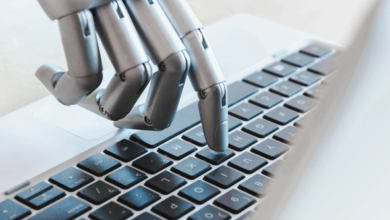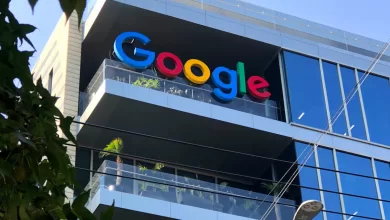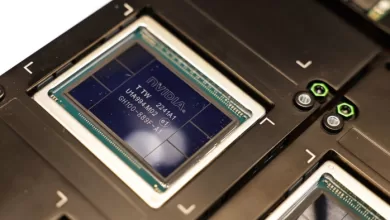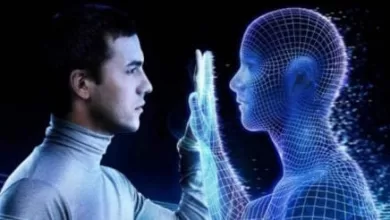Introduction to Ai painting Nvidia
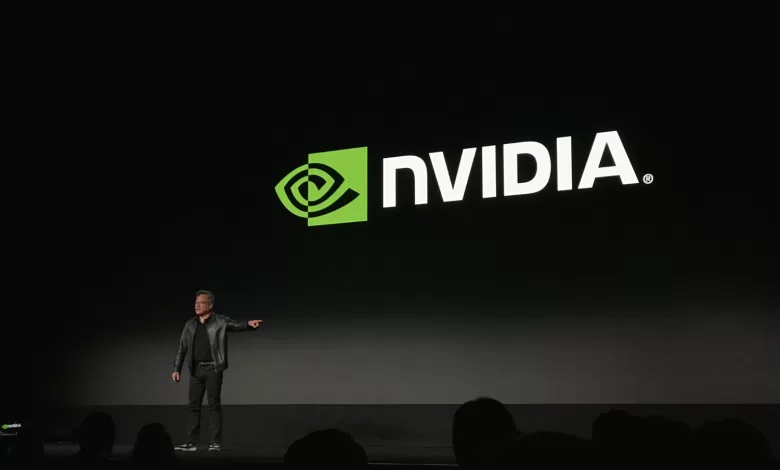
Ai painting Nidia – The world of art is constantly evolving, with new technologies and techniques emerging to push the boundaries of creativity. One such technology that has revolutionized the art industry is AI painting, powered by NVIDIA. This game-changing technology has taken the art world by storm, offering endless possibilities for artists to explore and create. In this blog post, we will delve into the world of AI painting with NVIDIA and understand how it is transforming the art landscape.

Exploring the World of NVIDIA’s Ai painting Nvidia
NVIDIA, a leading company in the field of artificial intelligence and graphics technology, has been at the forefront of developing AI-powered tools for various industries. The launch of their AI painting technology in 2019 has opened up a whole new realm of possibilities for digital art. Using deep learning algorithms, NVIDIA’s AI painting technology can analyze an image and recreate it with remarkable realism and accuracy.
One of the most impressive aspects of NVIDIA’s AI painting technology is its ability to replicate different styles of painting, from impressionism to cubism to surrealism. With just a single click, artists can transform their photographs or sketches into stunning works of art, mimicking the style of famous painters like Van Gogh or Picasso. This level of flexibility and control over the final output is a game-changer for both professional and amateur artists.

How AI is Revolutionizing the Art of Painting
Traditionally, creating a painting required great skill and years of practice. But with NVIDIA’s AI painting, even non-artists can produce breathtaking pieces of artwork. The technology uses Generative Adversarial Networks (GANs), which are two neural networks pitted against each other – one to generate images and the other to critique them. This results in realistic-looking paintings that are virtually indistinguishable from those created by human hands.
Moreover, AI painting with NVIDIA has made it possible to create unique pieces of art quickly and efficiently. Artists no longer have to spend hours or even days on a single painting, as the technology can generate stunning results in a matter of minutes. This allows for more experimentation and exploration of ideas, resulting in a wider range of artistic styles and expressions.

Another significant impact of AI painting is its accessibility. With the rise of digital art platforms and tools, artists around the world can now use NVIDIA’s AI technology to create and share their artwork with a global audience. This has leveled the playing field for aspiring artists, giving them access to advanced tools and techniques that were once only available to a select few.
The Impact of Ai painting Nvidia
NVIDIA’s AI painting technology has had a profound impact on the art industry, disrupting traditional methods and pushing the boundaries of creativity. Here are some of the key areas where NVIDIA’s AI painting has made a significant impact:
- Efficiency and Speed: As mentioned earlier, AI painting with NVIDIA has drastically reduced the time and effort required to create a painting. This has allowed artists to produce more work in less time, leading to increased productivity and revenue. It has also made commissioned projects more feasible, as artists can now deliver high-quality paintings within short deadlines.
- Cost Savings: Traditionally, creating a painting involved purchasing expensive materials such as canvases, paint, and brushes. With AI painting, these costs are significantly reduced, as the entire process is digital. This has made it more accessible and affordable for artists, especially those just starting in the industry.

- Enhanced Creativity and Possibilities: The flexibility and versatility of NVIDIA’s AI painting have opened up a world of possibilities for artists. They can experiment with different styles and techniques without worrying about the limitations of traditional mediums. This has resulted in a more diverse and dynamic art landscape, with a fusion of traditional and digital elements.
- New Opportunities for Artists: The rise of AI painting has also created new opportunities for artists to explore and showcase their skills. Digital art platforms, galleries, and exhibitions have now started to feature AI-generated artworks, giving exposure to a whole new generation of artists.
Understanding the Process of AI Painting with NVIDIA
To truly appreciate the capabilities of NVIDIA’s AI painting technology, it is essential to understand the process behind it. Here is a simplified breakdown of how the technology works:
- Data Preparation: The first step in AI painting involves selecting and preparing the data that will be used to train the neural network. This data can include images of paintings, sketches, or photographs.
- Training the Neural Network: Once the data is prepared, it is fed into the neural network, which then learns to identify patterns and styles from the input images. This training process can take several hours or even days, depending on the complexity and size of the dataset.
- Generating Images: After the neural network is trained, it can generate new images based on the learned patterns and styles. These new images are not exact copies of the input images but rather interpretations of them based on the training data.

- Refinement and Editing: While the AI-generated images are impressive, they may still require some refining and editing to achieve the desired look. This can be done using various tools and techniques in software programs like Photoshop.
- Final Output: The last step involves exporting the final image, which can then be printed on canvas or shared digitally.
Breaking Down the Science Behind NVIDIA’s AI Painting
At the core of NVIDIA’s AI painting technology are Generative Adversarial Networks (GANs), which consist of two neural networks – a generator and a discriminator. Let’s take a closer look at how these networks work together to create stunning paintings.

Generator Network
The generator network is responsible for creating new images by generating pixels based on the input data and the patterns it has learned during the training process. It keeps refining its output until it produces an image that closely resembles the input image.
Discriminator Network
The discriminator network’s role is to differentiate between real and fake images. It does this by comparing the generated image with the input image and providing feedback to the generator network. This feedback helps the generator network refine its output until it can fool the discriminator into thinking that the generated image is real.
Through this constant back and forth, the two networks work together to create realistic-looking images that are nearly indistinguishable from those created by human hands.

Advancements in AI Painting: A Look at NVIDIA’s Latest Innovations
NVIDIA’s AI painting technology continues to evolve and improve with each passing year. Let’s take a look at some of their latest advancements in this field:
- Canvas Transfer: In 2020, NVIDIA introduced Canvas Transfer, a new feature that allows artists to transfer their paintings onto physical canvases. This technology uses AI to replicate not just the image but also the texture and brush strokes, resulting in a more authentic-looking painting.
- StyleGAN3: In August 2021, NVIDIA announced the release of StyleGAN3, the latest version of their GAN technology. This new model offers enhanced capabilities, such as the ability to generate 3D objects and animations, opening up even more possibilities for digital art.
- AI Art Gallery: NVIDIA launched the AI Art Gallery in 2020, featuring artworks exclusively created using their AI painting technology. This platform provides a space for artists to showcase their AI-generated art and for art enthusiasts to explore and purchase unique pieces.

The Future of Painting: Predictions and Possibilities with NVIDIA’s AI Technology
As AI painting continues to advance and gain popularity, many predictions have been made about its future impact on the art world. Here are some possibilities that we may see in the coming years:
- Collaborations between AI and Human Artists: With the rise of AI, there has been a growing concern about its potential to replace human artists. However, the more likely scenario is that we will see collaborations between AI and human artists, where they work together to create unique pieces of art.
- AI as a Tool for Education: As AI painting becomes more accessible, it could be used as a tool for education and learning. Students can use the technology to explore various styles and techniques, providing them with a hands-on experience that was not previously possible.
- Integration into Other Art Forms: While AI painting has primarily been used for creating images, we may start to see its integration into other art forms such as music, sculpture, or even fashion. This could lead to exciting new innovations and collaborations between different art forms.
- Advancements in AI Technology: As AI technology continues to advance, we may see improvements in its ability to generate realistic-looking paintings. This could result in a more significant impact on the art industry, as it becomes increasingly challenging to differentiate between AI-generated and human-created art.

Realistic or Artificial? Examining the Results of AI Painting with NVIDIA
While the results of AI painting with NVIDIA are undoubtedly impressive, there has been some debate about whether these artworks can be considered genuine pieces of art. Some argue that the technology takes away the element of human emotion and creativity, resulting in artificial and soulless paintings.
On the other hand, proponents of AI painting argue that the process of creating art, whether using traditional or digital methods, involves making creative decisions based on learned patterns and techniques. In this sense, AI painting is no different from traditional methods, and the results are still the product of human input and decisions.
Ultimately, the question of whether AI paintings can be considered genuine art is subjective. However, there is no denying that the technology has opened up new avenues for creativity and experimentation, making it a valuable tool for artists.

Challenges and Controversies Surrounding AI Painting and NVIDIA
While AI painting with NVIDIA has been hailed as a game-changer in the art industry, it has not been without its challenges and controversies. Some concerns surrounding this technology include:
- Copyright and Plagiarism: With the ease of creating paintings using AI, there is a risk of copyright infringement and plagiarism. As the technology advances, it may become increasingly difficult to determine if an artwork is original or generated using AI.
- Lack of Diversity: While AI painting offers a wide range of styles and techniques, the input data used to train the neural network may lack diversity. This could result in underrepresentation of certain styles or cultural influences in the generated artworks.
- Ethical Concerns: As with any AI technology, there are ethical concerns surrounding AI painting. These include issues around data privacy, bias in training data, and the potential misuse of the technology.

Despite these challenges, NVIDIA continues to work towards addressing them and advancing their AI painting technology in an ethical and responsible manner.
Conclusion
NVIDIA’s AI painting technology has undoubtedly made a significant impact on the art world, offering endless possibilities for artists to explore and create. It has revolutionized the way we think about and approach art, challenging traditional methods and pushing the boundaries of creativity.
As the technology continues to advance, we can expect even more exciting developments and collaborations between AI and human artists. Whether you consider AI-generated paintings as genuine pieces of art or not, there is no denying that they have added a new dimension to the art landscape, making it a truly fascinating time to be an artist.


